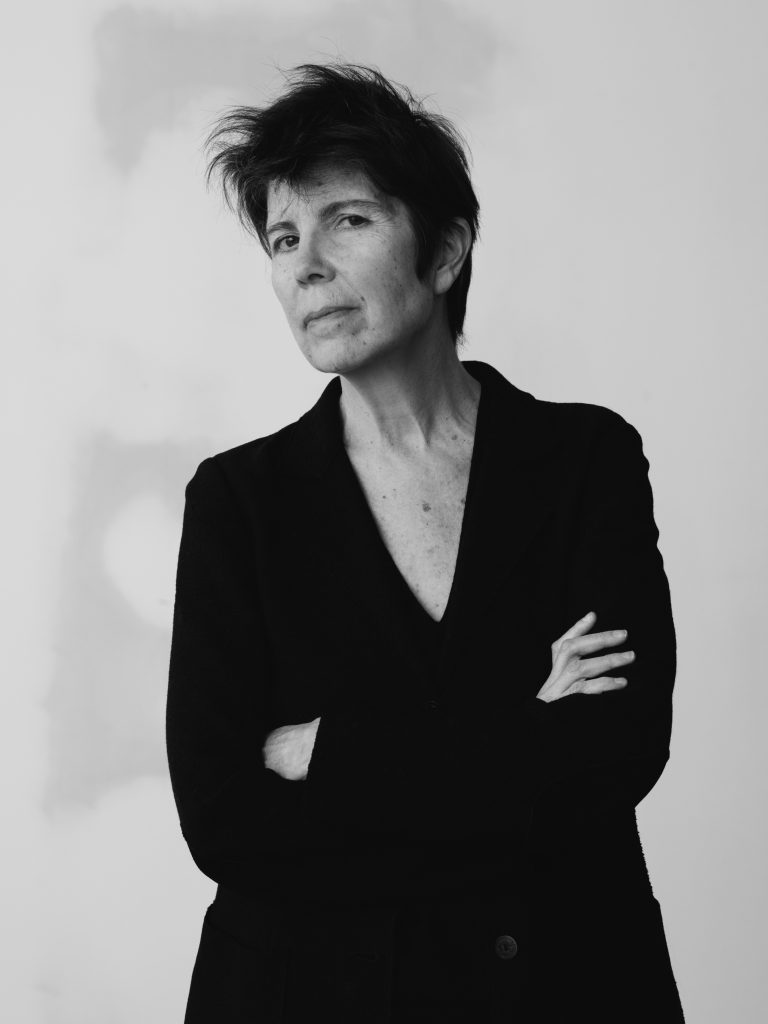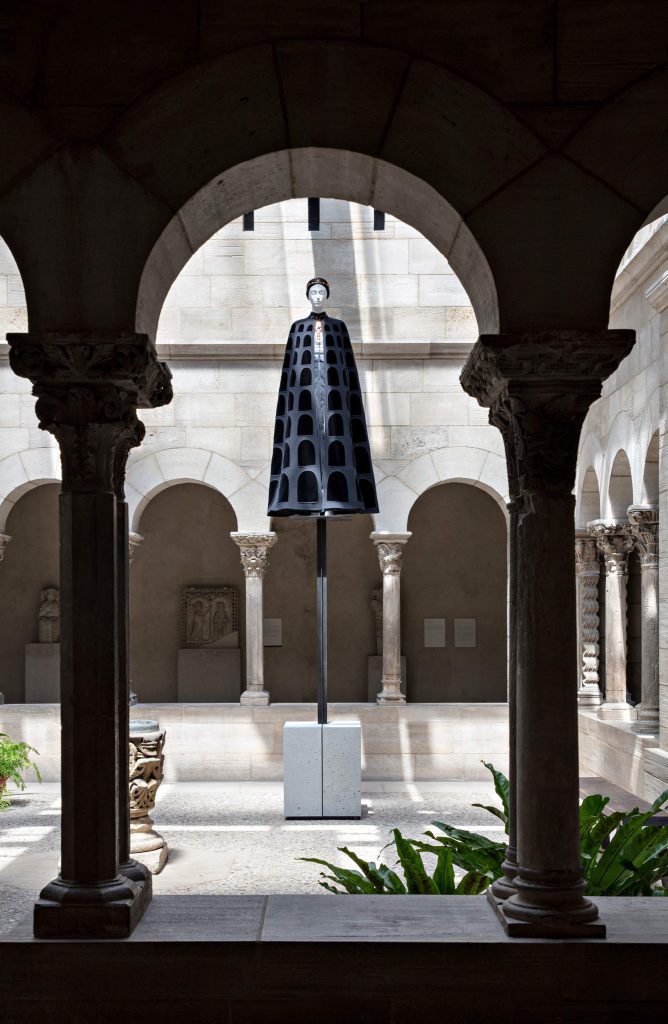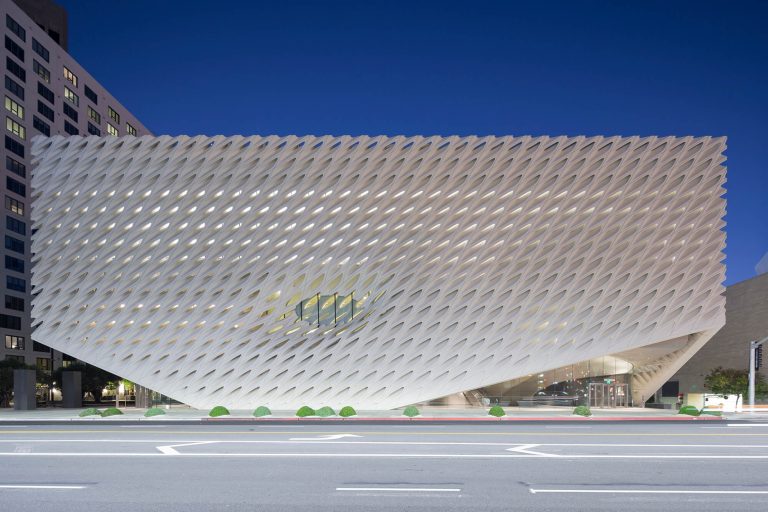
Courtesy of DILLER SCOFIDIO + RENFRO

Heavenly Bodies: Fashion and the Catholic Imagination, 2018, New York, United States
Photography by FLOTO + WARNER
Courtesy of DILLER SCOFIDIO + RENFRO
Though best known for her innovative and interdisciplinary approach to architecture, following conversation with Elizabeth Diller, it’s clear she should also be known for her enduring optimism. The studio she co-founded, Diller Scofidio + Renfro (DS+R), is responsible for the renovation and extension of MoMA (2019), and the design of The Shed (2019), The Broad (2015), and the High Line (2019), among others. The work of DS+R distinguishes itself by seamlessly integrating intangible elements such as light, sound, and scent into designs that almost always diverge from the expected.
hube: MoMA exemplifies the comprehensive and ever-evolving role of museums in society. It has been a number of years since the expansion and renovation by Diller Scofidio + Renfro (DS+R) was completed. How do you feel about the project now?
Elizabeth Diller: I try to view MoMA objectively, though when I visit I tend to revert to my role as an architect and focus on the unfinished punch list. This is the curse of an architect working in one’s own city! Despite that, I believe the museum has greatly improved in many ways. Prior to the renovation, MoMA was opaque and felt transactional on the street level. It’s now better connected to the street and the city. The lobby level is open with ticketing tucked out of the way and the store lowered into a dramatic double-height space. You can see from 53rd Street straight through the lobby to the Sculpture Garden, making the museum feel more democratic and inviting. Previously you had to walk half a mile from the entrance to see artwork. Now art is closer to the street—the entry lobby is double-height and serves as a space for installations. The Projects Room and Street Gallery are off of the lobby and free of charge. The Sculpture Garden is accessible to all. The public has responded well, but we’re still observing and seeing some areas for improvement.
One of the most significant changes in MoMA was the decision to abandon discipline-specific galleries in favour of a more cross-disciplinary approach, allowing stories to be told without being confined by chronology, discipline, or medium. In parallel, the collection is becoming more diverse, departing from its Euro- and male-centric weighting.
One of MoMA’s biggest problems was the combination of limited gallery space and the stasis of its collection due to cost and complexity. The expansion provides 33% more gallery space and a lot of flexibility, de-clogging galleries and circulation spaces while making navigation more intuitive. With the gallery expansion, MoMA is able to show more of its collection and in new ways. The museum is now committed to rotating one third of its collection spaces every six months. There’s a refresh happening throughout the year. It feels vibrant. The expansion facilitates seamless movement between old, new, and renovated galleries—it doesn’t hide its layered architectural histories, it puts them into conversation with one another and in alignment with the museum’s 21st-century goals.

